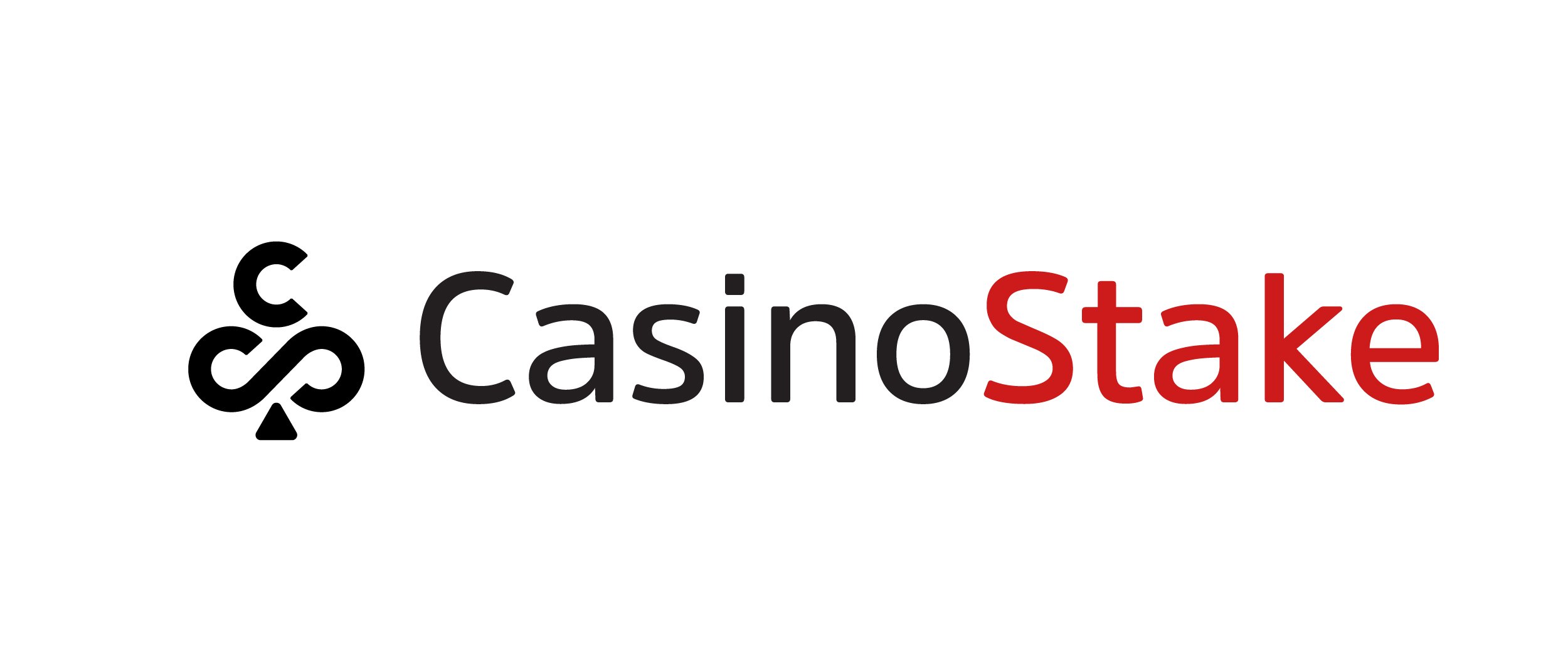The holiday season is always a critical period for affiliate marketers, but 2024 is set to bring new challenges and opportunities.
With a shorter holiday shopping window, intense competition for consumer attention, and major global events like the US election, affiliate marketers will need to be more agile and data-driven than ever. Operational agility and the ability to adjust strategies quickly will be crucial for maximising profits during this compressed shopping period.
So, what does this mean for affiliates, and how can they best prepare to make the most of this pivotal time? Let’s dive into what 2024 holds for the holiday shopping season and how affiliates can succeed.
A shorter, more intense shopping season
The 2024 holiday shopping season is expected to be more intense, with consumers packing their buying decisions into a shorter time frame. This is partly due to how key shopping events like Black Friday, Cyber Monday, and Singles Day (11th November) fall in the calendar, alongside early holiday deals and post-election consumer uncertainty.
For affiliates, this means launching campaigns earlier than usual and continuously monitoring performance to ensure optimisation throughout the holiday period .
To thrive in this environment, affiliates must focus on early preparation. By launching holiday promotions earlier—possibly as early as late October—affiliates can capture consumer interest before the competition heats up. A robust pre-holiday strategy, complete with early discounts and special offers, will ensure affiliates get in front of customers while they’re still making shopping plans.
Real-time adjustments and data-driven decisions
The 2024 holiday season will demand more from affiliates in terms of real-time strategy adjustments. With such a condensed shopping window, there’s no room for outdated tactics or slow responses. Affiliates will need to rely heavily on real-time data to continuously monitor their campaigns and pivot as necessary. Whether it’s adjusting affiliate links to focus on trending products or re-allocating budgets to more successful channels, affiliates who can make data-driven decisions will gain a critical edge .
Affiliates should leverage advanced tools that provide real-time tracking of clicks, sales, and consumer behaviours. These tools allow affiliates to identify which products are performing well and adjust their efforts accordingly.
For instance, if an affiliate notices that a particular tech gadget is gaining popularity, they can quickly shift their focus to create more targeted content and promotions around that item, capitalising on the surge in demand.
Navigating election impacts
The US presidential election in November is expected to impact shopping behaviour during early November, especially around National Cashback Day (7th November) and Singles Day (11th November).
Affiliates should anticipate lower demand in the days leading up to the election, as consumers may be distracted by political coverage and uncertainty. However, demand is expected to rebound quickly once the election results are clear .
To navigate this period, affiliates must plan for both the pre-election lull and the post-election surge in activity. This could mean shifting focus to lower-funnel tactics like cashback offers or discounts in early November, followed by more aggressive mid-funnel campaigns—such as influencer partnerships and content marketing—once consumer attention returns to shopping.
Content-driven strategies and influencer partnerships
Another major trend affiliates should embrace for the 2024 holiday season is content-driven strategies. With so many shoppers seeking inspiration, recommendations, and product reviews, content like holiday gift guides or video demonstrations can be extremely effective. Affiliate marketers who create high-quality, engaging content will attract more consumers who are still deciding what to buy .
Influencer partnerships will also play a critical role in the mid-funnel engagement stage. Influencers can drive significant interest by sharing gift ideas, product endorsements, and holiday deals with their highly engaged audiences. The authenticity that influencers bring is especially valuable during the holidays, when consumers are looking for trusted recommendations.
For affiliates, collaborating with influencers on platforms like Instagram and TikTok will be essential. Whether through sponsored posts, unboxing videos, or live product reviews, influencers can help affiliates connect with holiday shoppers in a more meaningful way. As consumers increasingly rely on trusted voices for purchase decisions, influencers can guide them toward specific products, boosting conversions for affiliate campaigns .
Diversify and optimise across channels
Finally, one of the key strategies for affiliate marketers this holiday season is to diversify their efforts across multiple channels. With rising media costs and fierce competition for consumer attention, affiliates should focus on spreading their content across a mix of platforms—such as blogs, social media, email newsletters, and even niche communities .
Cashback and coupon sites are expected to be highly competitive during the holidays, as consumers actively seek out deals to maximise their savings. Affiliates can tap into this demand by partnering with coupon platforms and card-linked offer networks, which will attract deal-conscious shoppers .
Be agile, be prepared
In 2024, the holiday season presents both opportunities and challenges for affiliate marketers. To thrive, affiliates must prepare early, rely on real-time data, and be ready to adapt on the fly. Leveraging content-driven strategies, partnering with influencers, and diversifying across channels will ensure that affiliates stay competitive during the most important shopping season of the year.
For those who can navigate the complexities of the holiday shopping season and respond quickly to changes in consumer behaviour, the rewards will be significant. By focusing on agility and optimisation, affiliates can maximise their holiday earnings and set themselves up for success in 2024.




















